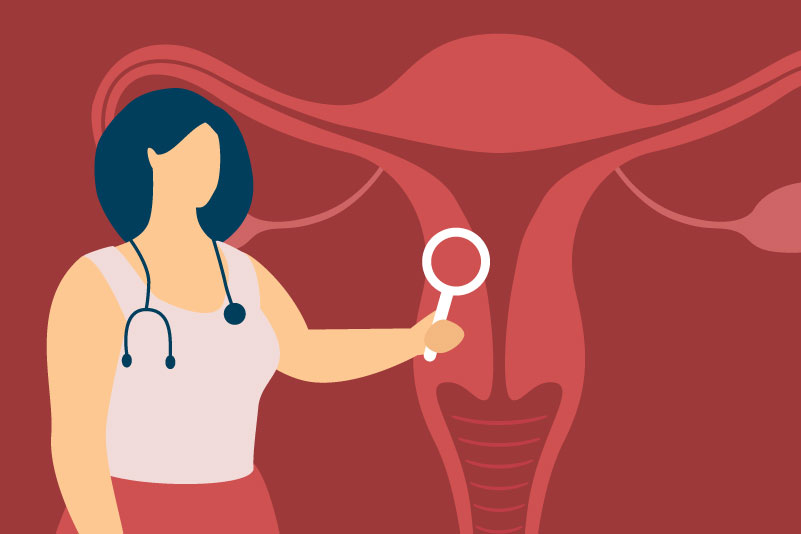#348 How to Slow the Flow III: Tranexamic acid for heavy menstrual bleeding

Reading Tools for Practice Article can earn you MainPro+ Credits
Join NowAlready a CFPCLearn Member? Log in
- Statistically significant unless noted.
- One systematic review,1 13 randomized controlled trials (RCTs). After 2-6 cycles:
- Versus placebo (4 RCTs, 16-304 patients):1-5
- Proportion with clinically detectable blood loss improvement: 39% versus 11% placebo.1
- Mean blood loss 53mL/cycle lower with TXA (baseline 153-268mL).1
- Example: Mean blood loss reduced 40% (70ml) versus 8% (13ml) (placebo).5
- Sanitary items used per cycle: 20-27 versus 25-36 placebo.2,3
- Bleeding duration,2,3 “large stains”4,5 (not defined): No difference.
- Quality of life: Not clinically different.4,5
- Adverse effects: No difference.1-5
- Versus progestins (6 RCTs, 46-128 patients):1,6-9
- Proportion with clinically detectable blood loss improvement: 71% versus 46% progestins.1
- Mean blood loss: Inconsistent; largest RCTs6,7 show no difference.
- Sanitary items: No difference.8
- Bleeding duration: Reduced 1-2 days versus 0.3-2 days progestin.6,7
- Flooding/leakage reported “better”: 83% versus 45% progestin.8
- Adverse effects (examples headaches, spotting): 21% versus 32% progestin.1
- Versus levonorgestrel intrauterine device (IUD) (1 RCT, 42 patients):1,9
- Proportion with clinically detectable blood loss improvement: 29% versus 61% IUD.
- Quality of life, adverse effects: No difference.
- Versus mefenamic acid (1 RCT, 49 patients):1,10
- Proportion with clinically detectable blood loss improvement: 87% versus 61% mefenamic acid.1
- Mean blood loss reduced from 164 to 75ml versus 186 to 148ml mefenamic acid.10
- Sanitary items, bleeding duration, adverse events: No difference.10
- Versus placebo (4 RCTs, 16-304 patients):1-5
- Other meta-analysis11 found similar.
- Limitations: Many trials small and short, variable blood loss measurement methods, inconsistent fibroid inclusion, outcomes inconsistent, not all randomized patients included in analysis.
- Although no increase in thromboembolic events in large bleeding/trauma studies, TXA should be avoided with thromboembolic history.12-15
- TXA costs ~$14/cycle.16







Nice to see the breakdown of number who can benefit
Great timely information
a non hormonal treatment for menorrhagia is always helpful
Reassuring to hear that this non-hormonal treatment has proven efficacy
This information was useful
Confirmed present practice
beneficial article
I have used TXA in the past for menorrhagia/dysfunctional uterine bleeding and I will resume this practice.
Very helpful. Have been overly concerned about se with TxA in the past